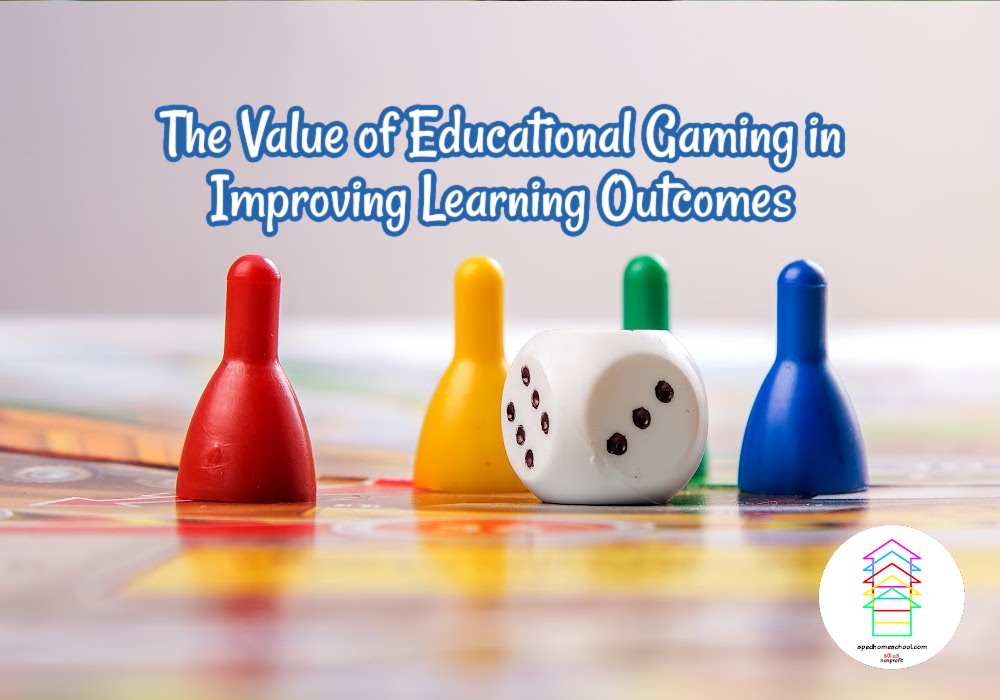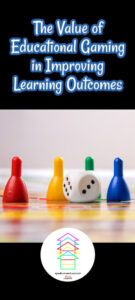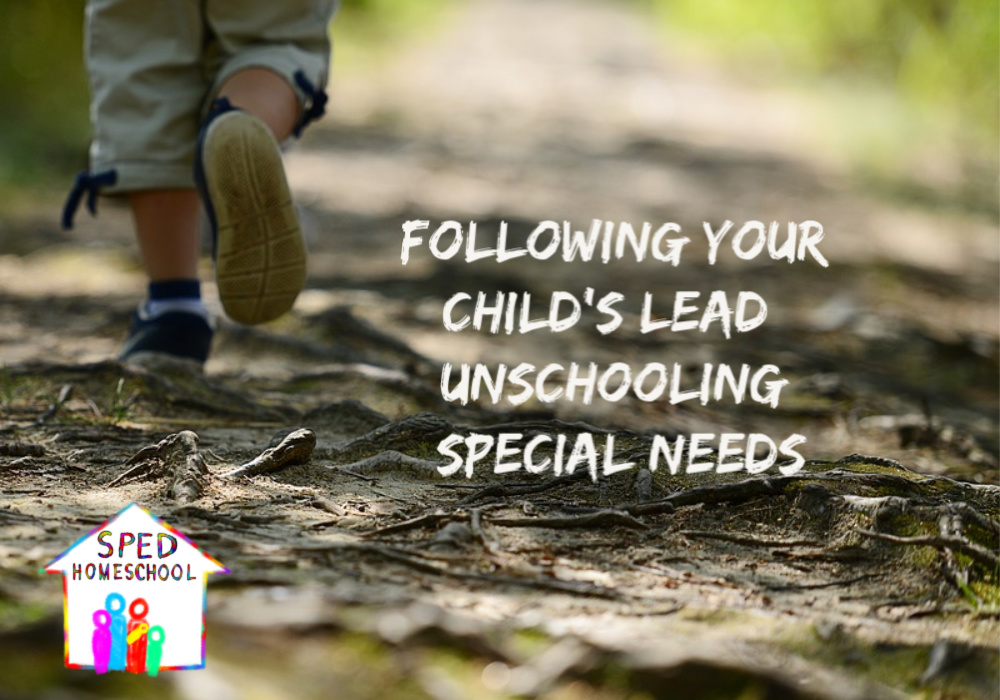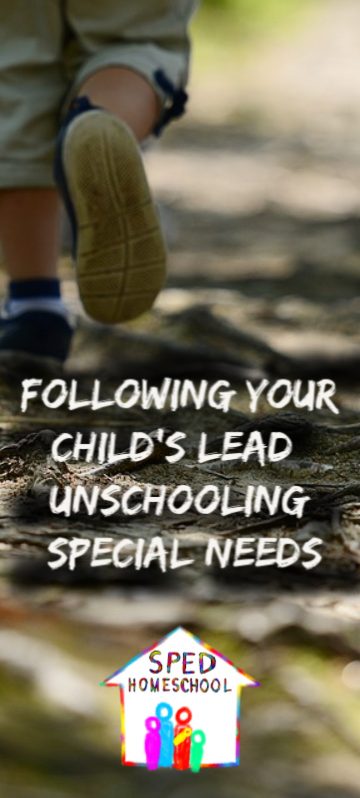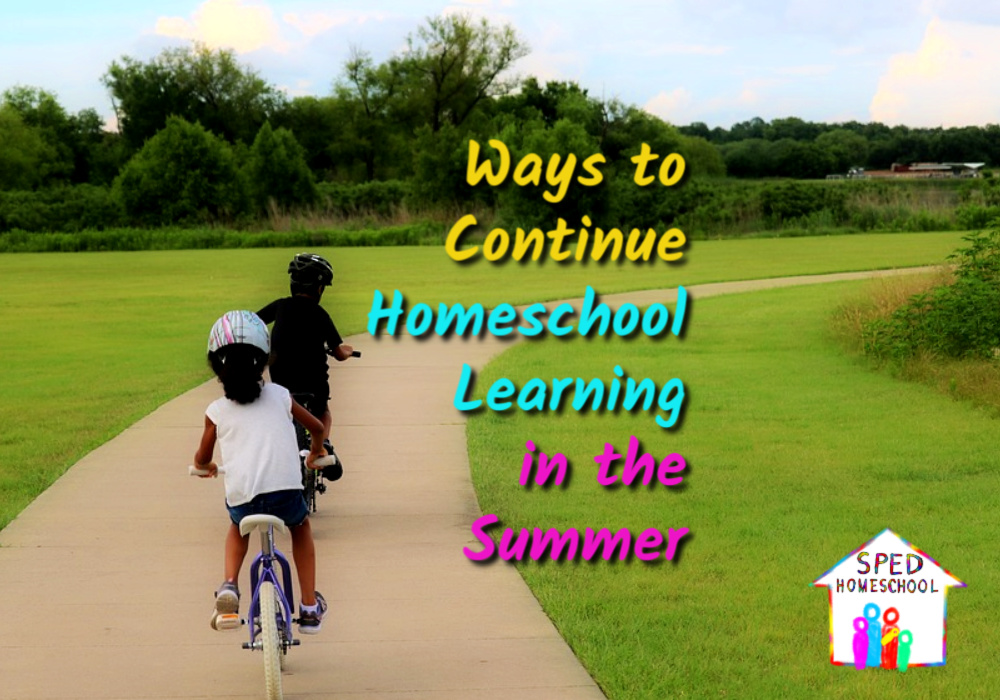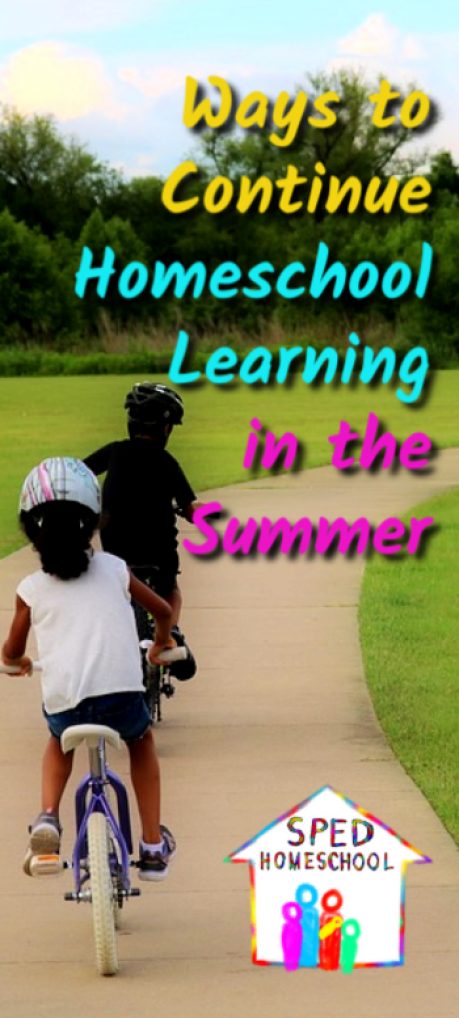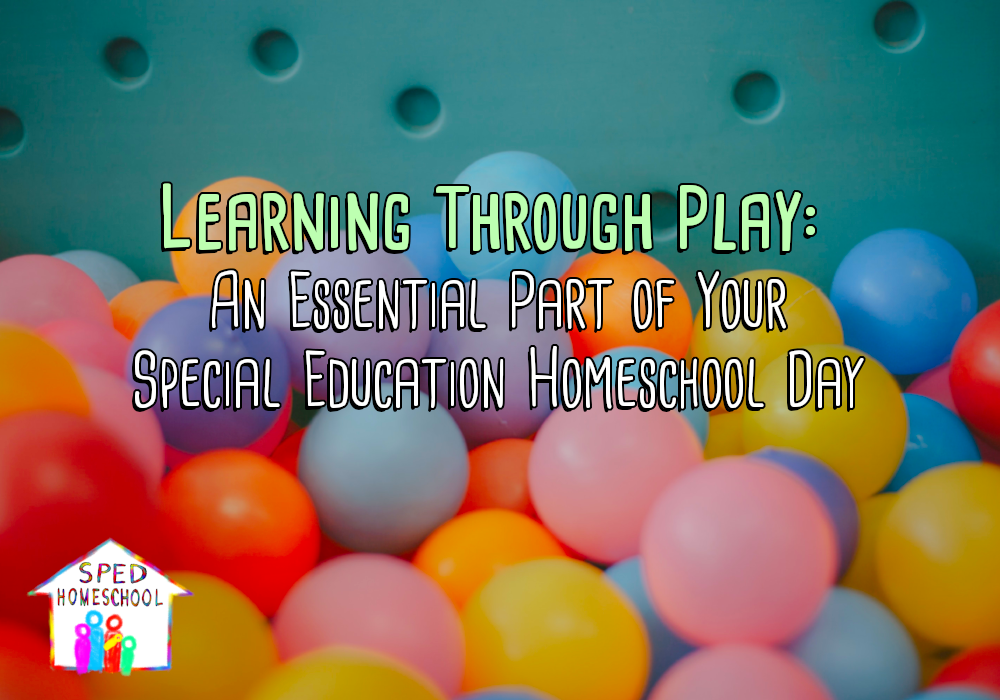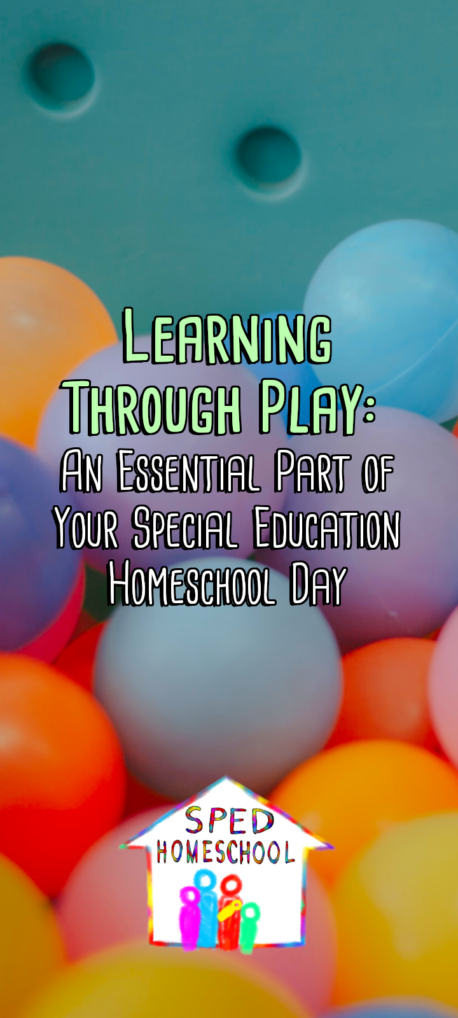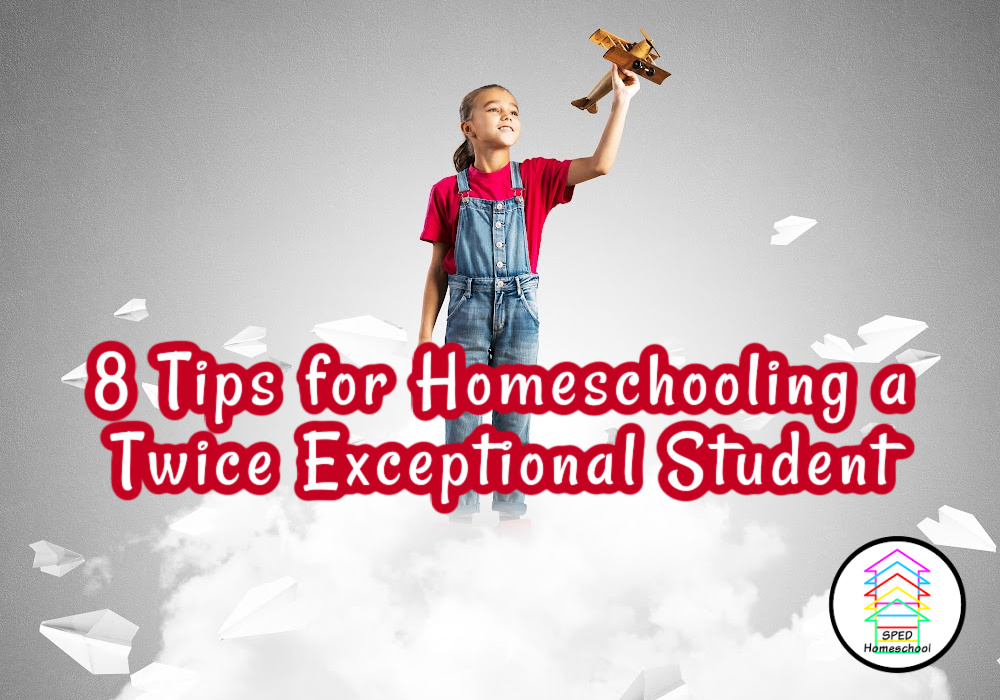
by Betsy Sproger from BJ’s Homeschool
Finding out our daughter was gifted and twice exceptional, well, that was more than a few years ago. Our 2e daughter is already a homeschool and college graduate and is working in her field of study, Communications.
We knew she was gifted from the first days we adopted her, on a bus ride in China.
While most of the other babies were crying, for new parents to deal with on a very long and bumpy bus ride, guess what ours was doing! She was standing at the window watching everything go past, for hours.
Early Sensory Issues
We did notice sensory issues early on.
She was soon a very active toddler, always jumping off the couch, spinning in her dad’s desk chair, and seeking out sensory stimulation all day long.
We knew that our school district did have a gifted program, but not one that would also meet her needs related to her Sensory Processing Disorder. As a 2e, or twice exceptional kid, we took the plunge and tried our hand at homeschooling.
Homeschooling became a great way for our daughter to learn. It allowed us to teach to her strengths and accommodate for her learning difficulties, including ADHD.
Plus, we could give her the challenge that she as a gifted/2e kid so craved.
Are you considering homeschool for your 2e child or teen? Here are 8 tips for homeschooling yours:
1 – Build Breaks into your Routine
Our very active child did well with lots of breaks, both active ones and then also some quiet ones. Often she did cartwheels across the living room, then later quiet breaks to de-stress. We set up a low stimulation space, where she could relax and read quietly.
We found ways to eliminate distractions and work to meet her sensory needs.
2 – Teach to their Strengths
When our daughter was young, processing verbal directions was a big challenge for her. However, she did very well with visual learning.
Since she was a visual learner, we chose homeschool curriculum that focused on that. She also did very well with hands-on approaches, and loved the project based learning that Oak Meadow Homeschool provides.
When it came to our annual homeschool testing, we chose a test that used written instructions instead of verbal ones. And that made all the difference.
Also, as a very active child, we decided to focus on that as a strength and signed her up for a beginning gymnastics class. That led to years of fun doing tumbling, etcetera with the new friends she found there.
3 – Follow their Interests
We followed our daughter’s interests in her studies and in her outside activities. If our chosen curriculum didn’t fit her current interests, we adapted it so that it did.
One year, all her essays and reports were about airplanes. Early on, her first written work was a study of rats. We also took time to delve deeply into her interests, changing things up to meet her needs. Interest led learning provides intrinsic motivation for our kids!
Many 2e homeschool families even choose to use the unschooling method, where their child’s interests led in all of their homeschool studies.
4 – Use Creative Activities to Teach Executive Functioning
Learning tasks skills like direction following and organizational skills can be learned through creative activities as well as academics.
One year, it was all about stamp collecting. Through that she built a stamp collecting notebook. My daughter learned task skills like direction following, building her attention span through crafts and hand arts, like simple weaving. Or sewing projects. Then later these executive skills transferred to her other work.
5 – Adjust for Emotional Needs
My 2e kid thought she should already know things, before she had a chance to learn them.
Can you relate?
We gave her independence early on whenever we could. For example, for reading, we used audio books along with her phonics work with Explode the Code. It gave her that wonderful feeling of independence that she needed right away.
Making mistakes is often a challenge for gifted or 2e kids. Mine thought that she should never make a mistake.
We practiced making mistakes and made it a game.
6 – Make Accommodations for Learning Struggles
When there was a learning issue, we strove to adapt or accommodate. For example, spelling was an hard for our daughter in the early years. She did well with her spelling tests, but that did not generalize to her written work.
We separated out her spelling work from her written assignments. That way we focused on building up her writing skills separately, with the spelling tests weekly. We did not correct her spelling in her written work in her journal, or in essays until much later.
That way she could focus on building her writing skills without being held back by her spelling.
7 – Take Care of Your Child’s Mom
With the intensities often found in our 2e kids, we parents can get worn out easily. I did. We both did.
Whenever we could find a babysitter, we used them. I was a better mom when I carved out time for reading or taking a walk by myself.
What builds you up when you are tired or exhausted? For me it was going on walks outside, so during our homeschool day I built in time for walking with my child.
Homeschooling our 2e kid was hard and yet so rewarding, if I remembered to do my self-care. I learned that baths were also so important, for me!
I also did better when I had community. Since our homeschool community was small, we participated in some community activities, like gymnastic classes.
8 – Teach Self-Management Skills to your 2e Teen
Homeschooling helped my daughter to gradually learn to organize her studies and plan her day, just by watching me make up her assignment lists, etc. As she got older, I gave that task to her.
By the time she got to high school, she was independent in that and took those skills to college with her. Homeschool Organization Methods that she learned were key to her success in college.
After graduating her from our homeschool, we helped her get into college, which I share about in my book, discussed here – Homeschooling High School – How To’s and More.
Betsy is a retired O.T, homeschool blogger at BJ’s Homeschool, and most importantly is mom to her 2e college grad, whom she homeschooled through high school. She blogs at BJ’s Homeschool, about high school, college and 2e.


